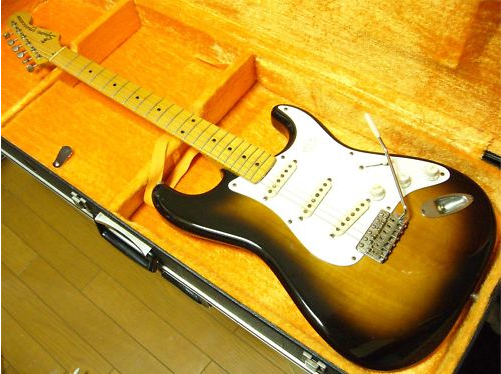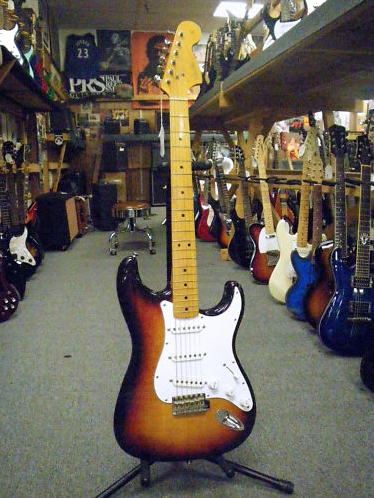A couple of years ago, I was visiting my local vintage guitar store, Paul’s Boutique, here in Toronto. As I made my rounds of the vintage gear, I went to the back room where they keep their acoustic guitars. I scanned for something interesting and a used classical guitar caught my eye due to its natural finish. I picked it up, and proceeded to play some spanish guitar licks, classical music, and a bit of blues. Immediately I was struck by the beautiful tone.
As I inspected the guitar, I saw that it was made by a company called Bjarton. It was a weird sounding name which I had never heard before. Noticing that the price tag was $150, I figured it was a good deal for a good playing instrument with a nice warm tone. Also I like used guitars for some reason as it feels like they have their own little history. And being 3/4th’s the size of a regular classical, I thought it’d be cool to have! I paid at the register, was given the crummy soft case that came with it, and I was on my way.
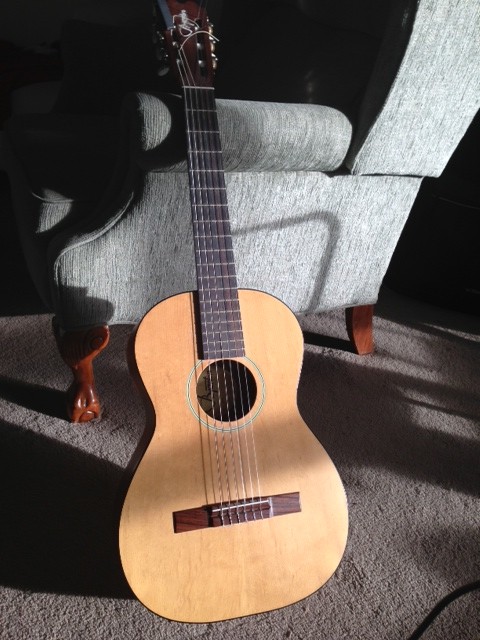
After playing a little more at home and appreciating its nice open, beautiful sound, I needed to do some investigative work on this guitar made by Bjarton. My model specifically was the Carmencita as written in the inner label. It definitely had the spanish vibe, thats for sure. After some googling, I found that Bjarton was an old company from Sweden who handmade their guitars. And my guitar specifically was made in 1971! Wow, a 40 years old classical guitar! No wonder it sounded so good. And now it sounds even better since I have played it in.
RELATED: Which are the Best Classical Strings?
The Bjarton Carmencita has a very nice comfortable fretboard made of Jakaranda! Very cool! The bridge is made from the same material. The top, neck and sides are made of mahogany, which the top is solid spruce. Just a fine, well made instrument, and for $150, I felt so lucky to get my hands on it!
Bjarton seemed to have started sometime in the ’50s, and stopped making guitars in the ’80s. Check out these pictures from back in the day at their factory in Sweden:


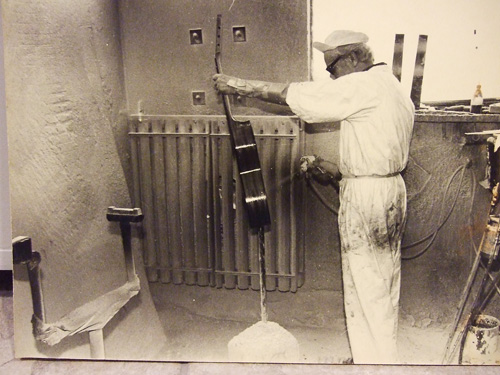
All in all, Bjarton makes some excellent guitars, and if you ever see one in a shop, my advice is to pick it up. Why? Because it will be cheap, and you will be getting a handmade, aged, beautiful-sounding instrument!

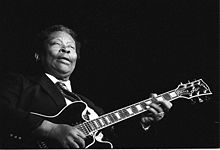
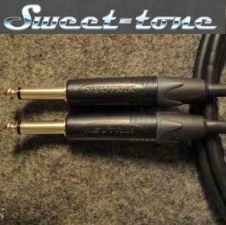
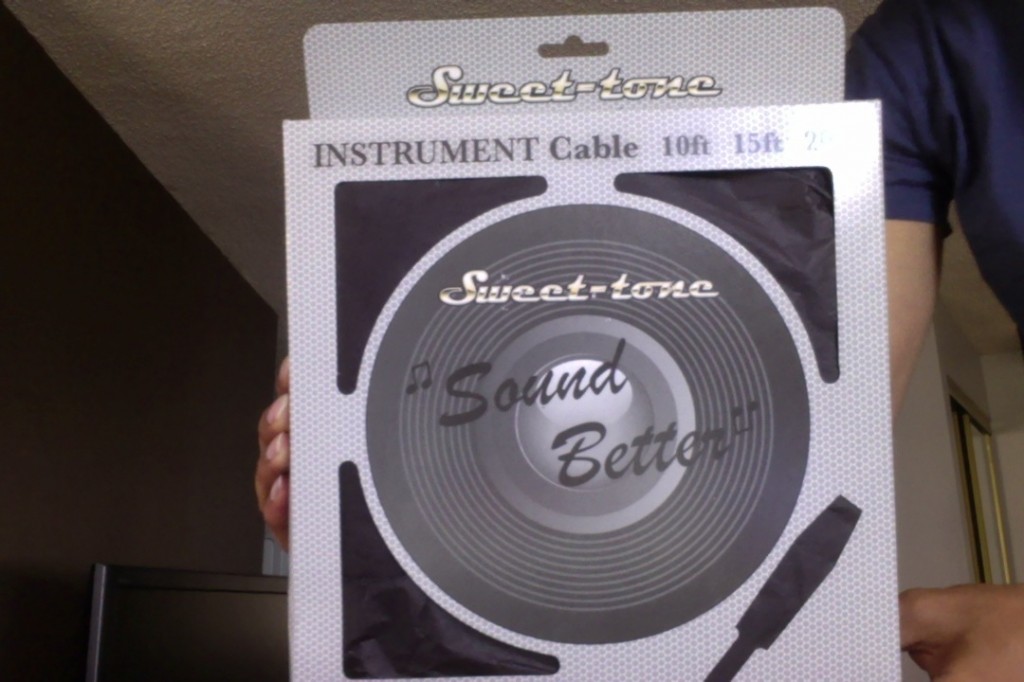

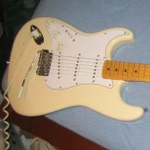



 I recently purchased a Fender Jazz Bass while at a store comparing bass tones. It was evident right away that its tones was the most transparent, that is to say, you could clearly hear each note. Its dynamics were almost reminiscent of a strat. I knew this was the Bass for me when playing some blues lines.
I recently purchased a Fender Jazz Bass while at a store comparing bass tones. It was evident right away that its tones was the most transparent, that is to say, you could clearly hear each note. Its dynamics were almost reminiscent of a strat. I knew this was the Bass for me when playing some blues lines.